Castles played an important role in the medieval history of Europe. Of the great number of castles that were built across the continent, a handful still remain almost intact in their original imposing beauty, and others have long since crumbled into dust. There are also ruined castles which still very vividly depict the past, especially the battles that happened around and in them.
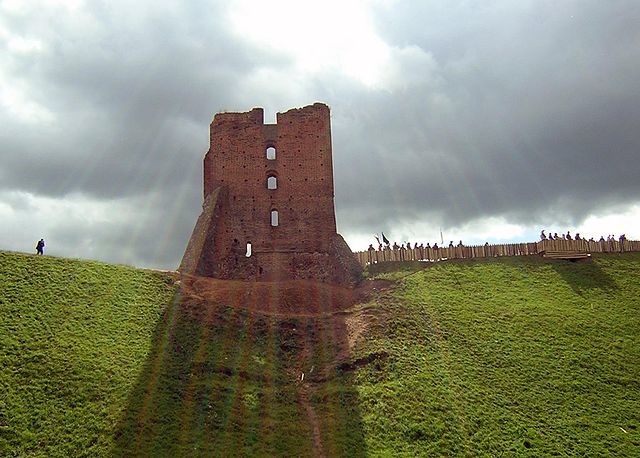
The remains of Navahrudak Castle in Belarus, Eastern Europe, are located on the top of Mindaugas Hill, one of the highest points in the country. It overlooks the City of Navahrudak (also known by it’s former Russian name of Novogrudok) which, throughout the 14th to 16th centuries, was a key stronghold of the Grand Duchy of Lithuania. Today only small parts of the former dominant fortress can be seen–the remains of two stone and red brick towers still stand proudly above the city and its picturesque surroundings.
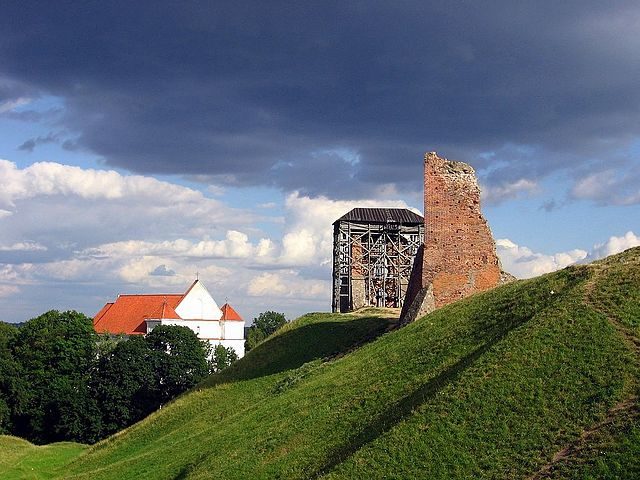
The ruins are the only part of this once outstanding stronghold to have survived both the passage of time and the many fierce battles that took place throughout the centuries at this important strategic position. The other towers and the curtain wall of the mighty fortress were built from timber or their stonework was demolished during turbulent events, and possibly reused by locals as the castle lay abandoned. However the ruins still radiate with charm and are a silent remainder of the glorious past of the region.
The story of the castle is deeply connected with the town of Navahrudak. The settlement was founded in the last decades of the 10th century or at the beginning of the 11th century. Archaeologists and historians believe that the original castle was erected in that same period. Within a short space of time, the settlement became an important political and cultural center. It was the administrative center and seat of a small duchy in the realm of Kievan Rus’. Later it became a significant center in the period of the Grand Duchy of Lithuania and the Polish-Lithuanian Commonwealth. The inhabitants were ingenious artisans and they created strong trade connections with Scandinavia, the Byzantine Empire, and the Middle East.
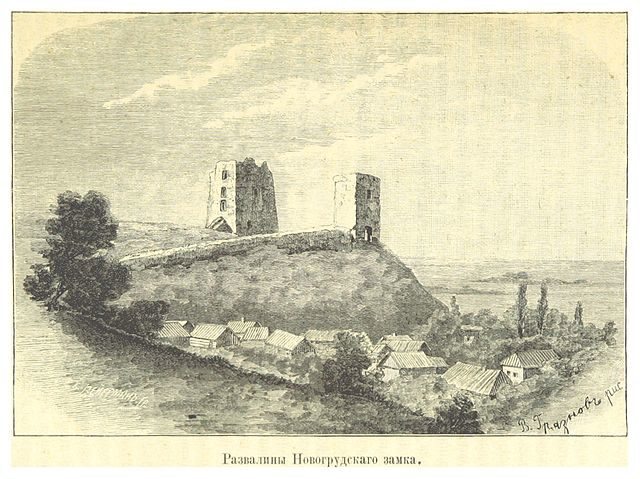
According some writings from the 16th century, it is believed that the city was even the capital of the Grand Duchy of Lithuania, years before this position belonged to the city of Vilnius. The Renaissance writer, poet, and historian, Maciej Stryjkowski, in his book Chronicle of Poland, Lithuania, Samogitia and all of Ruthenia, written in 1582, mentioned that Navahrudak Castle was the place where Mindaugas was crowned as King of Lithuania. He also wrote that this was his last resting place, but there are still debates among the researchers over the validity of his claim, as there is scarce historical evidence to back it up.
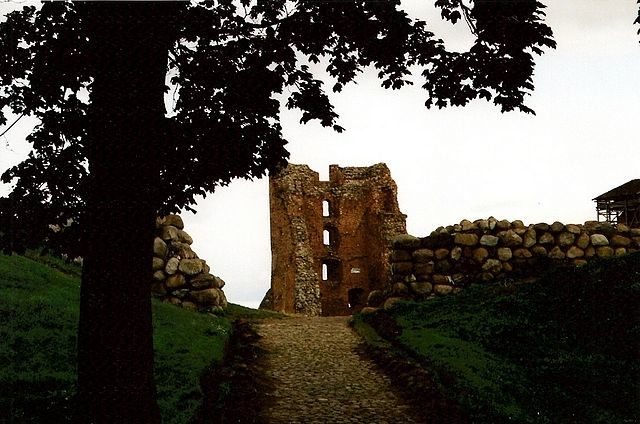
However, one thing is without doubt for sure: Navahrudak Castle is one of the most celebrated castles in Belarus. In the 11th and 12th centuries, it was attacked several times by enemy forces. Until the middle of the 13th century, the towers and curtain wall were built from timber, and were probably reconstructed in different designs at least five times. It was strengthened in the second half of the 13th century with a double front wall made of oak logs and construction of the first stone tower. The castle was remodeled and modernized by the Grand Duke Vytautas and his descendants between the 14th and 16th centuries; by the 1600s it had 7 towers and there was a church within the castle walls.
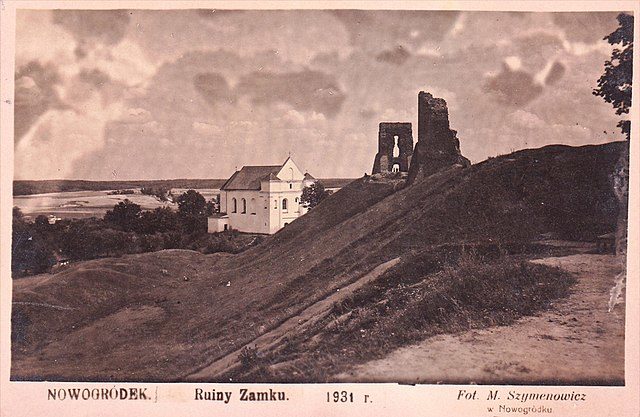
The first tower, which was bigger and stronger than those built later, was one of the key factors that stopped the capture of the castle by enemy troops for a long period of time. The original ancient tower existed for around a century. It was built from large blocks limestone and had a quadrangular shape. The stones of the foundations were quite poorly worked, however the gaps between them were carefully jointed and these original foundations stood the test of time, but the tower walls were later reconstructed with brick. Navahrudak Castle survived a sustained attack by the Teutonic Knights in the 14th century. In the 16th century the castle was attacked by the Crimean Tatars, but this attack was also fruitless. It was finally captured after a long siege during the war of Russia with the Polish Kingdom (1654- 1667). During several attacks, the castle suffered so much damage that it was left abandoned to decay. Additional destruction of the remaining parts of the castle was done by forces of the Swedish Empire in the early 1700s.
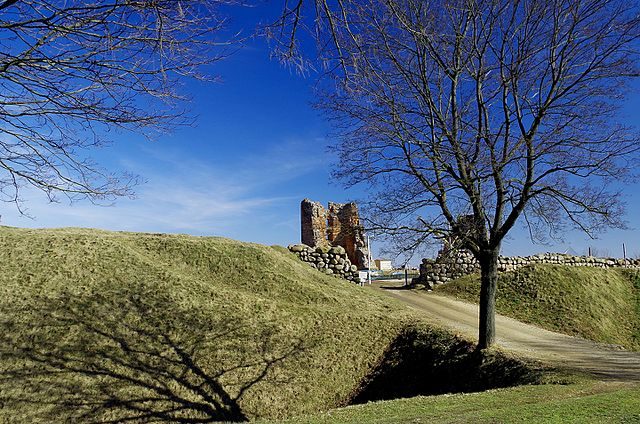
Now the location provides breathtaking views over the surrounding area. It became a monument protected by the state in 1921 and today is one of the many popular tourist attractions in Navahrudak. The ruins were restored, but more work is needed in order to fully preserve these two unique pieces of defense architecture that are part of the multicultural history of the region. The diverse past of the city is evident in the various churches of different sects, and even a Tatar mosque.
